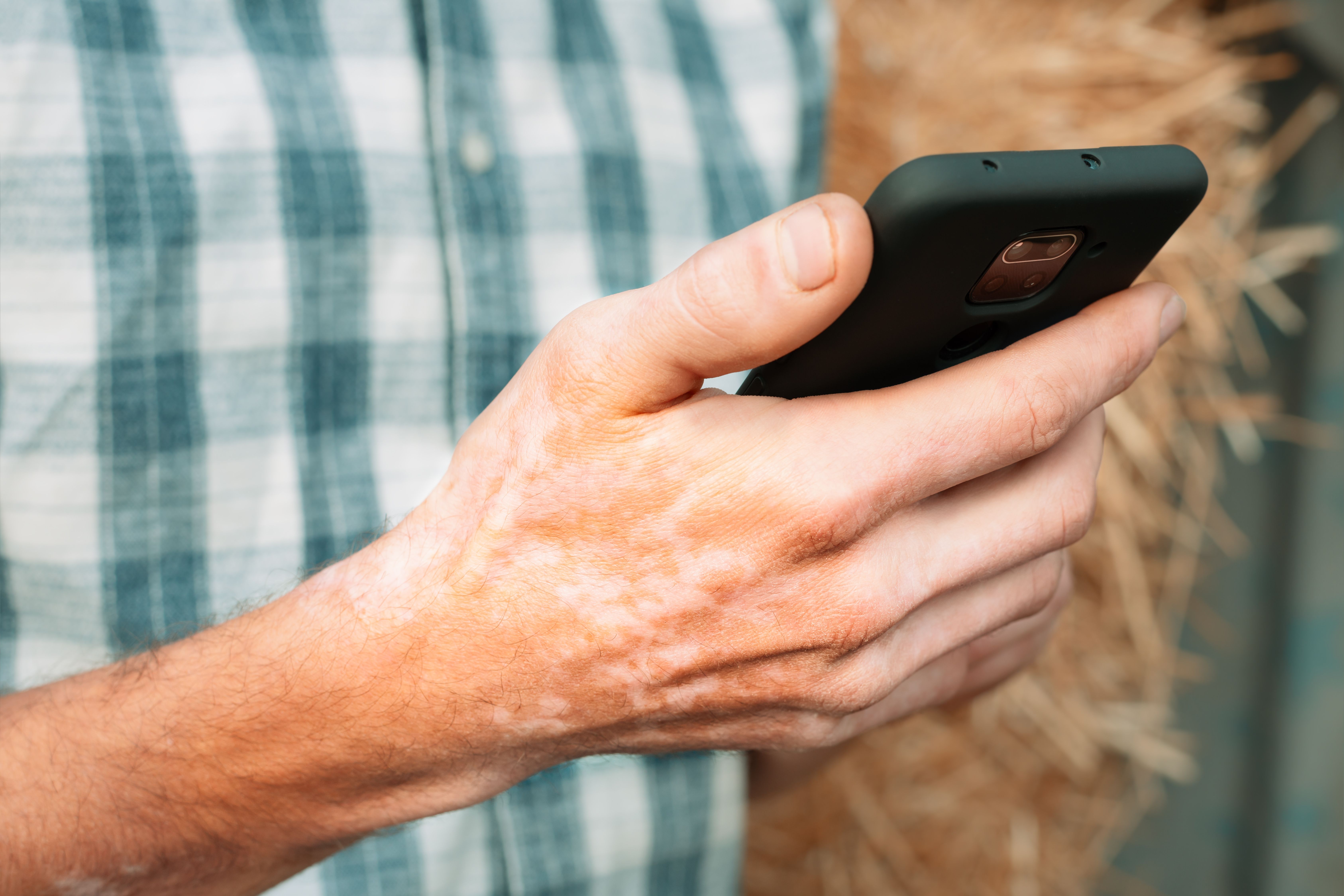
- Case-Based Roundtable
- General Dermatology
- Eczema
- Chronic Hand Eczema
- Alopecia
- Aesthetics
- Vitiligo
- COVID-19
- Actinic Keratosis
- Precision Medicine and Biologics
- Rare Disease
- Wound Care
- Rosacea
- Psoriasis
- Psoriatic Arthritis
- Atopic Dermatitis
- Melasma
- NP and PA
- Skin Cancer
- Hidradenitis Suppurativa
- Drug Watch
- Pigmentary Disorders
- Acne
- Pediatric Dermatology
- Practice Management
- Prurigo Nodularis
- Buy-and-Bill
Article
Keeping black beautiful: Multiple options available to target age-related cosmetic issues in ethnic skin
Los Angeles - The expanding repertoire of cosmetic surgical procedures is providing safe and effective options for addressing aesthetic issues of concern for the aging ethnic face, says Pearl F. Grimes, M.D., director of the Vitiligo and Pigmentation Institute of Southern California, Los Angeles.
Los Angeles - The expanding repertoire of cosmetic surgical procedures is providing safe and effective options for addressing aesthetic issues of concern for the aging ethnic face, says Pearl F. Grimes, M.D., director of the Vitiligo and Pigmentation Institute of Southern California, Los Angeles.
Injectable fillers
The growing number of injectable fillers is of particular interest considering that volume loss and effects of gravity are key features of aging in ethnic skin, according to Dr. Grimes.
"From a historical perspective, there has been limited data on the use of injectable fillers in darker skin types, but better safety documentation is critical considering the tendency for development of pigmentary alterations, hypertrophic scars, and keloids.
"More recent clinical trials with some of the newer agents have included substantial numbers of patients with skin of color, and their results indicate these agents are extremely well tolerated in persons with darker skin types," she says.
The efficacy of newer fillers also appears to be at least comparable in darker-skin patients compared with lighter-skin individuals.
However, there is some emerging evidence that skin of color patients may benefit with greater longevity of response.
"Skin of color patients treated with the newer, hyaluronic acid fillers are getting persistence of effect beyond one year, and that is probably related to the presence of a thicker dermis with a better bed of collagen in darker skin, " Dr. Grimes says.
Treatment of nasolabial folds is the leading indication for fillers in ethnic skin, and they are also useful in combination with botulinum toxin to improve the appearance of glabellar lines.
In the lower face, injectable fillers are valuable for treating marionette lines and perioral rhytids, and they also have a role in lip augmentation.
"African-American women are not seeking voluminous lips, but they are showing increasing interest in filler injections to restore their lips to a previous, more youthful volume," Dr. Grimes says.
Injection techniques
The same injection techniques are used for filler procedures in patients with ethnic and lighter skin, although due to the increased risk for postinflammatory hyperpigmentation in darker skin, a linear threading technique that minimizes the number of injections is usually preferred over a serial puncture technique.
Safe resurfacing
Ethnic skin patients also seek procedures for improving skin texture.
Minimally-invasive techniques are key for optimizing the risk:benefit ratio in the skin of color population, and both microdermabrasion and chemical peels are useful resurfacing modalities.
These techniques are effective for improving wrinkles and overall textural appearance as well as hyperpigmentation, acne, and oily skin. In addition, there is evidence that they stimulate collagen production and therefore provide skin tightening benefits, Dr. Grimes says.
Superficial chemical peels are preferred in darker skin patients in order to minimize the risk of complications, which can include pigmentary alterations and even scarring. Options for superficial peeling include glycolic acid, salicylic acid, trichloroacetic acid in a concentration up to 15 percent, tretinoin, and Jessner’s solution, Dr. Grimes says.
"Superficial peeling is always safe, and with repeat procedures, it can be used to achieve substantial efficacy with minimal downtime," she says.
As a caveat, however, it is important to recognize that pre-existing retinoid treatment increases peel depth and can convert a procedure performed with a superficial peeling agent to a medium depth peel.
Therefore, patients should stop retinoid treatment for a minimum of seven to ten days before chemical peeling, and if a series of peels is planned, it may be best to advise patients to discontinue their retinoid until the treatments are completed.
Microdermabrasion
Although there is some controversy over the efficacy of microdermabrasion, Dr. Grimes says she has found it is effective when used to address more superficial skin problems.
In addition, it has a favorable safety profile and is associated with high patient satisfaction. Furthermore, clinical studies provide evidence that microdermabrasion improves skin capacitance and water retention in the epidermis, increases epidermal thickness, decreases melanin in the epidermis, and alters dermal matrix degrading enzymes.
"In general, this is minimally invasive technology, which makes it a good choice for ethnic skin. However, be aware that with an aggressive operator doing multiple passes with higher negative pressure, scarring can occur," Dr. Grimes says. DT
Disclosure: Dr. Grimes reports no relevant financial interests.
2 Commerce Drive
Cranbury, NJ 08512
All rights reserved.




